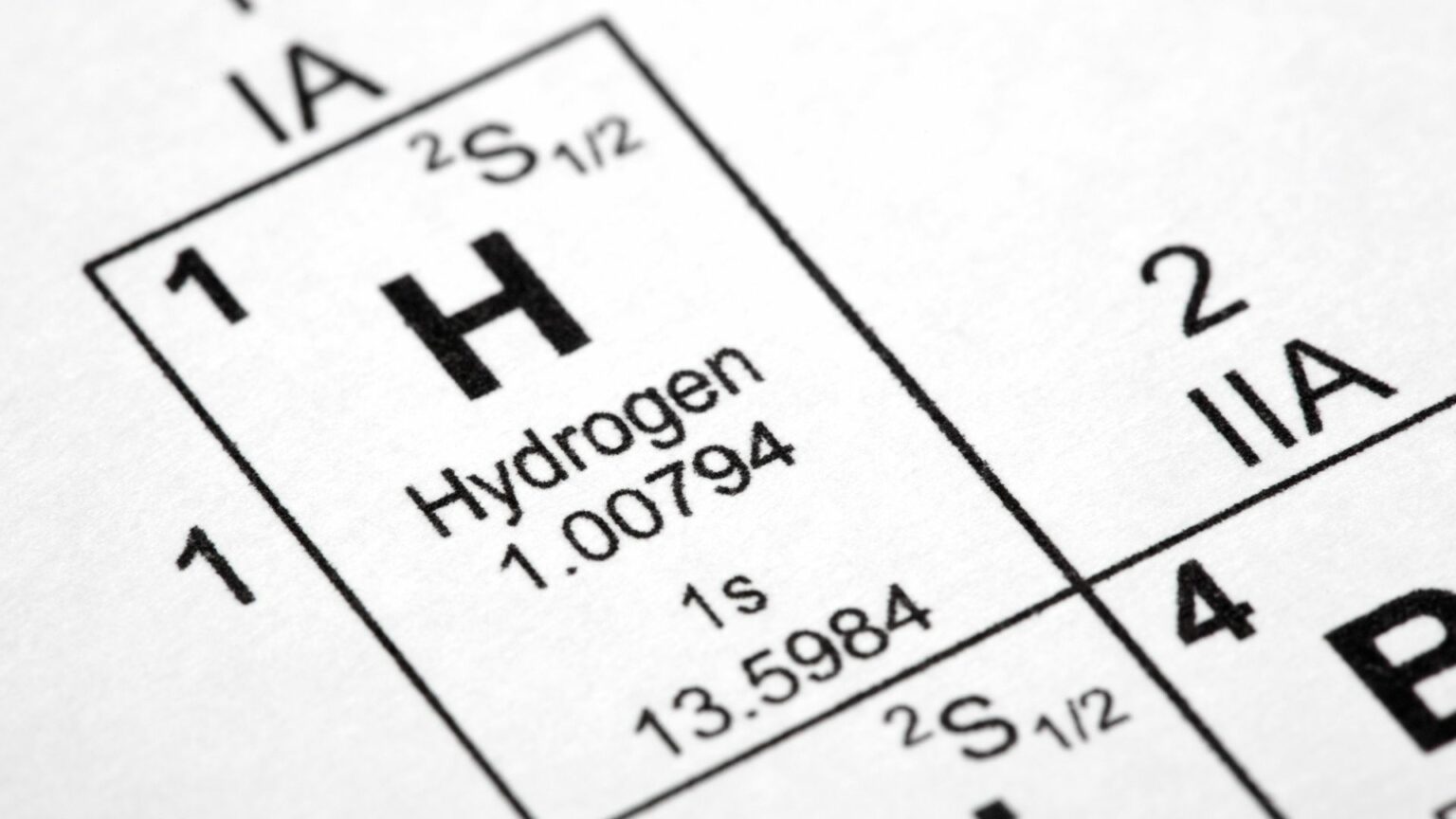Western Australian company Pacific Energy has successfully designed and delivered its first hydrogen stand-alone power system (H2 SPS).
This innovative system, installed at the Charles Darwin University’s REMHART facility in Darwin, will serve as a testing ground to explore the potential benefits of green hydrogen as a sustainable energy source.
The pilot H2 SPS boasts a 5 kW fuel cell accompanied by an 8 kWh hydrogen storage system, marking a crucial step in advancing research on the viability of green hydrogen for energy production. Developed in collaboration with Germany-based hydrogen specialist Enapter and Swedish company PowerCell Group, the system utilizes four electrolysers to split fresh water into hydrogen and oxygen gases. The stored hydrogen can then be converted back into electricity via the fuel cell, contributing power to the grid.
Pacific Energy CEO Jamie Cullen emphasized that the transportable containerized H2 SPS is an evolution of the company’s solar-powered stand-alone power system, demonstrating adaptability and scalability. The modular design allows for easy scaling while maintaining safety standards, presenting a flexible solution for diverse applications.
Professor Suresh Thennadil, director of CDU’s Energy and Resources Institute (ERI), anticipates that the system will be instrumental in studying renewable energy systems, particularly in small regional and remote grids, common throughout the Northern Territory (NT). This initiative aligns with the broader goal of developing a sustainable and efficient energy cycle for hydrogen production and utilization.
Pacific Energy sees its H2 SPS playing a critical role in advancing the industry’s understanding of hydrogen as a renewable energy source. With the capability to supply 8.6 kW of three-phase power, the system demonstrates potential scalability and adaptability for broader applications.
The deployment of such systems aligns with the growing interest in green hydrogen globally. Boundary Power’s recent announcement of a modular stand-alone power system integrating solar with a hydrogen electrolyser and storage system further underscores the industry’s commitment to exploring innovative solutions for clean energy production.





